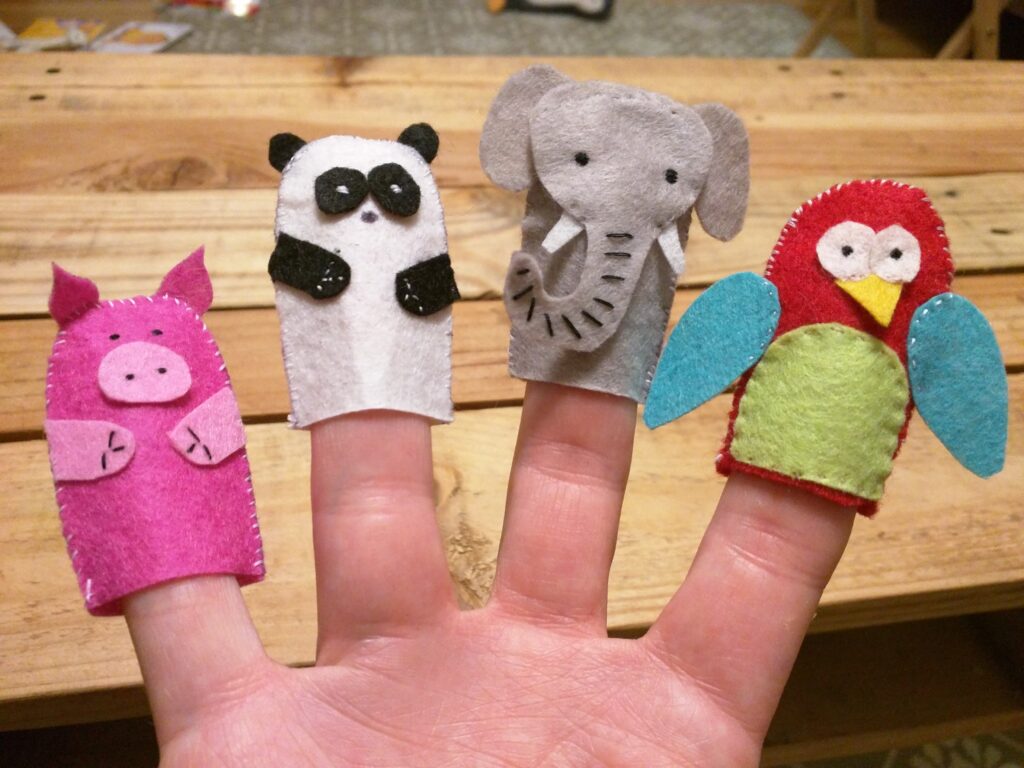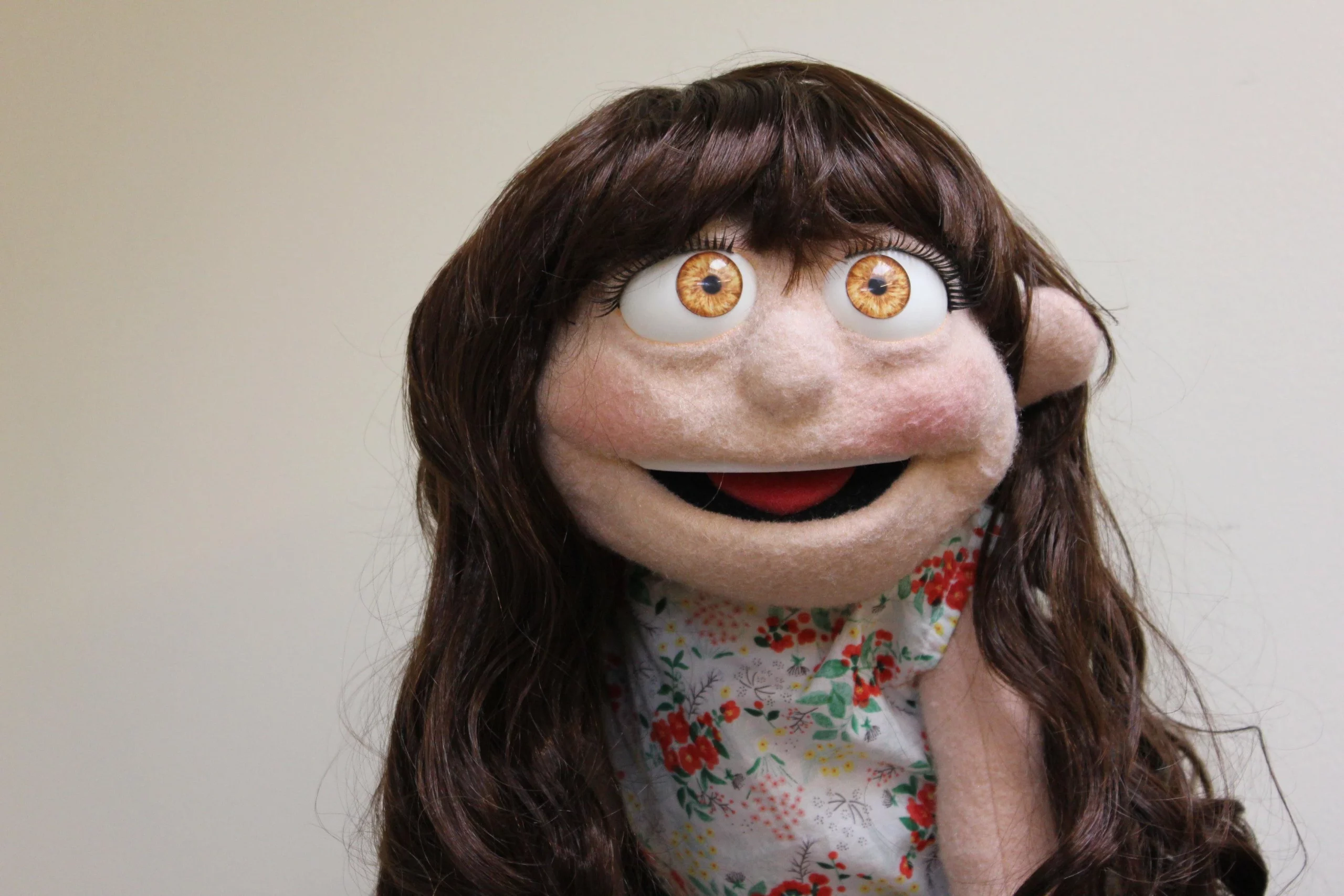Puppets and marionettes offer a unique and enjoyable way for children to learn while having fun. Unlike conventional plays, puppets and marionettes are one of the most used resources within the modality of children’s theater. The actors, popularly known as puppeteers, bring their characters to life through various control systems such as strings, rods, or even their own hands. Hidden from the spectators behind a screen, puppet theater manages to communicate emotions, feelings, and ideas to both children and adults in a magical and entertaining way.
Origin of the Puppet Theater for Children
To find the first references to puppet theater, we have to travel back to ancient Egypt, Greece, and Rome. Puppets were used in public shows, narrating the deeds of gods and combining interpretation with music and singing.
However, it was not until the 18th century that the true birth of what we now understand as puppet theater took place. The medium became immensely popular among children, leading puppeteers to form their own companies. The International Organization of Puppeteers of the World was founded in 1929, dedicated exclusively to puppet shows. Even literary figures as renowned as Manuel de Falla and Federico García Lorca succumbed to the charms of this theater, creating exclusive pieces for puppets.
Types of Puppets in Children’s Theater

There are four commonly used techniques in puppet and marionette theater:
- Marionette or String Puppet: Made of wood, this figure connects its head and limbs to a cross with strings, allowing for precise control of the puppet’s movements. This technique is the oldest and most widely used to date.
- Glove Puppets: Recognizable by their large-headed design and sturdy materials, glove puppets have a cloth body that allows the puppeteer’s hand to be inserted. This technique provides flexibility and expressiveness.
- Rod Puppet: This type of puppet combines elements of both strings and gloves. The puppeteer uses rods to control the puppet’s limbs, while the head and body movements are synchronized with the puppeteer’s hand. Rod puppets offer a dynamic and engaging performance.
- Shadow Puppet: Also known as “shadow puppets,” this technique involves using rods behind a white screen to create the illusion of shadows. The puppet’s movements and silhouettes are projected onto the screen, captivating the audience with their enchanting play of light and shadow.
Conclusion: Embrace the Magic of Puppet Theater with Your Family
Puppet theater provides a captivating and educational experience for children and adults alike. It allows for the exploration of emotions, storytelling, and imaginative play. Whether it’s the intricate movements of marionettes or the playful interaction with glove puppets, puppet theater offers a unique blend of artistry and entertainment.
Next time you’re looking for an educational and fun activity, consider taking your family to a puppet show or even creating your own puppet theater at home. Engage in the magic of puppetry, where imaginations soar, and stories come to life. Let the captivating world of puppets enchant you and your loved ones as you embark on a memorable journey through the rich history and artistry of puppet theater.


Leave a Reply